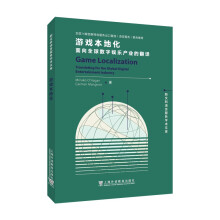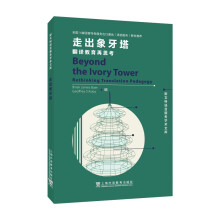Contents
Companion Website xxv
List of Figures xxvi
List of Tables xxvii
Preface xxviii
Acknowledgments xxix
1 Introduction 1
Key Concepts 1
Knowledge of Language 3
Competence and performance 4
Variation 5
Speakers and Their Groups 7
Language and Culture 10
Directions of influence 10
The Whorfian hypothesis 11
Correlations 14
The Boundaries of Sociolinguistics 15
Methodological Concerns 17
Data 18
Research design 18
Overview of the Book 19
Chapter Summary 20
Exercises 20
Further Reading 22
References 22
Part I Languages and Communities 25
2 Languages, Dialects, and Varieties 27
Key Concepts 27
Language or Dialect? 28
Mutual intelligibility 29
The role of social identity 32
Standardization 33
The standard as an abstraction 34
The standardization process 35
The standard and language change 36
Standard English? 36
The standard–dialect hierarchy 37
Regional Dialects 38
Dialect continua 39
Dialect geography 39
Everyone has an accent 40
Social Dialects 42
Kiezdeutsch ‘neighborhood German’ 43
Ethnic dialects 45
African American Vernacular English 46
Features of AAVE 47
Development of AAVE 48
Latino Englishes 50
Styles, Registers, and Genres 52
Style 52
Register 53
Genre 53
Chapter Summary 54
Exercises 54
Further Reading 56
References 57
3 Defining Groups 62
Key Concepts 62
Speech Communities 63
Linguistic boundaries 63
Shared norms 65
Communities of Practice 68
Social Networks 70
Social Identities 72
Beliefs about Language and Social Groups 74
Ideologies 75
Perceptual dialectology 76
Chapter Summary 77
Exercises 77
Further Reading 78
References 79
4 Languages in Contact: Multilingual Societies and
Multilingual Discourse 82
Key Concepts 82
Multilingualism as a Societal Phenomenon 83
Competencies and convergence in multilingual societies 84
La
展开










